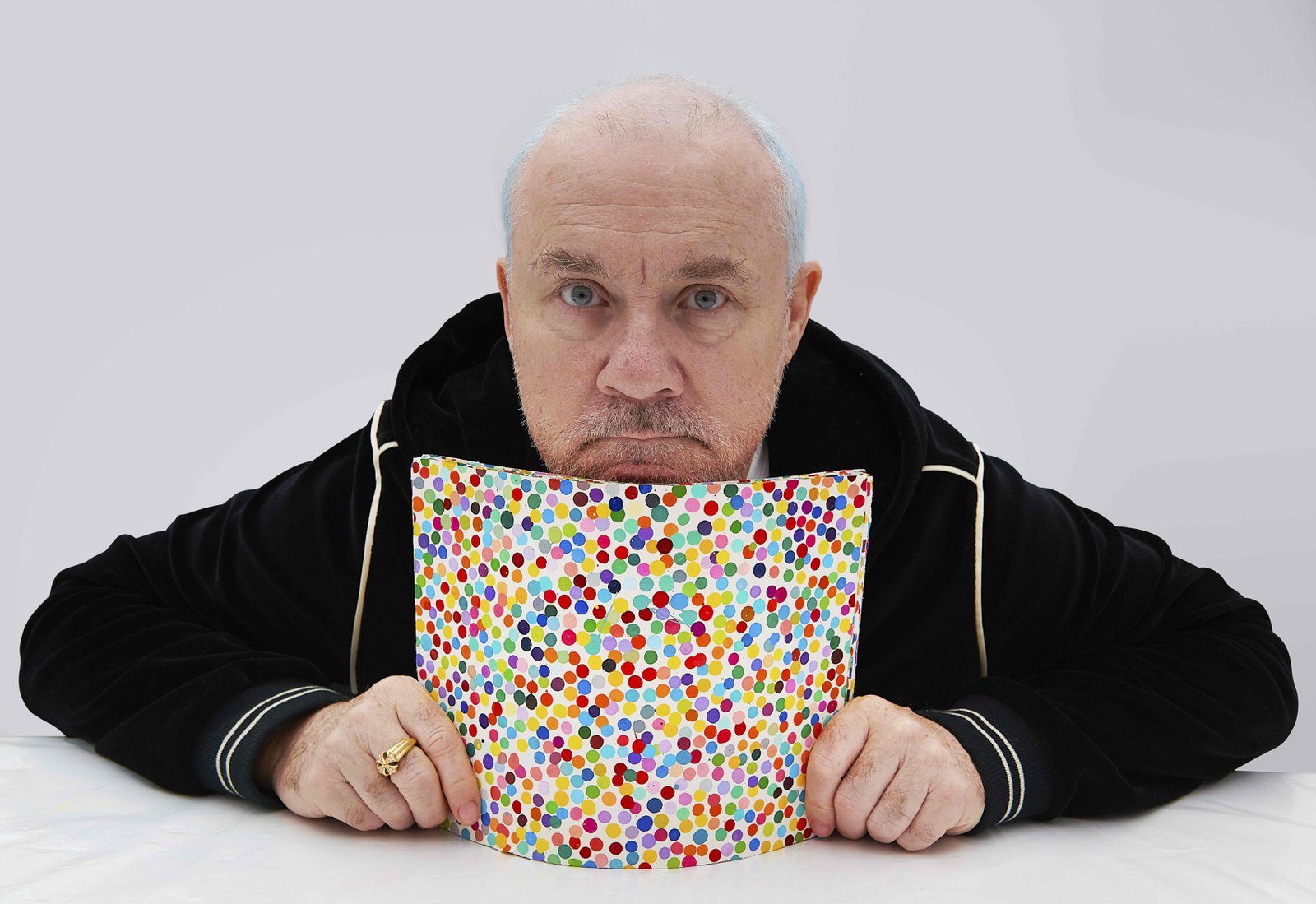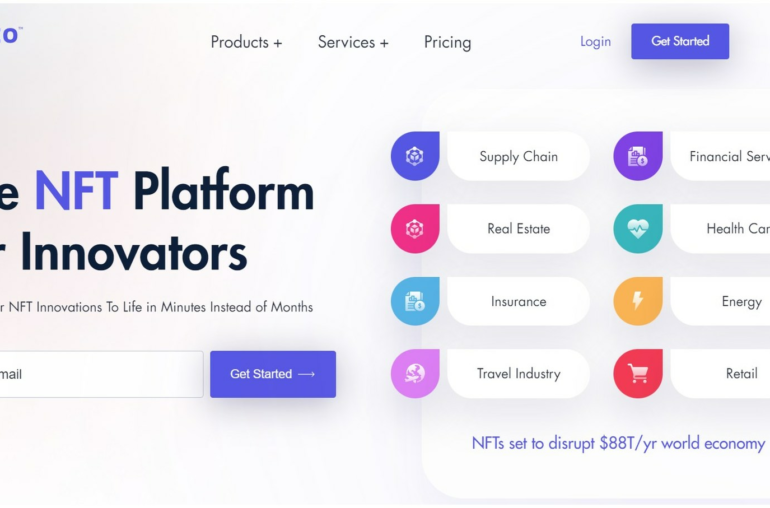Sections
A year-long project is pitting traditional paintings against non-fungible tokens
Molly Enking
Which is more valuable—a painting, or an NFT?
Last summer, Damien Hirst paired thousands of unique dot paintings with corresponding NFTs, or non-fungible tokens, which he put up for sale for just $2,000 each. The catch? The owner would have to choose, by summer 2022, whether to keep the NFT or trade it in for the physical canvas copy. The version not selected would be destroyed.
Now, with 10,000 pieces sold, the results are in. A majority of buyers, 5,149, chose to keep their physical art, while 4,851 opted for NFTs. Hirst’s project, called “The Currency,” has reached its final phase: The real-life pieces that buyers rejected in favor of corresponding NFTs will be burned one by one this fall, reports the Guardian’s Harriet Sherwood.
The experiment “explores the boundaries of art and currency—when art changes and becomes a currency, and when currency becomes art,” writes HENI, the art-tech company that ran the sales last summer, on its website.
An evocative multimedia artist who gained fame for his large-scale pieces made of pickled dead animals, Hirst says he is fascinated by the world of NFTs. NFTs are digital files (music, memes, drawings and more) that are “certified” using blockchain technology. Most of the hype around NFTs right now involves digital fine art, as the Verge’s Mitchell Clark wrote in June.
Hirst held onto 1,000 of the NFTs, and he faced the same choice as his buyers: Would he trade them in and save his physical artworks from destruction?
“In the end I decided I have to keep all my 1000 currency as NFTs otherwise it wouldn’t carry on being a proper adventure for me,” he says on Twitter. “I decided I need to show my 100 percent support and confidence in the NFT world (even though it means I will have to destroy the corresponding 1000 physical artworks). Eeeeeek!”
Hirst first began painting spots in the late 1980s, and he displayed a collection of spot paintings at an exhibition that took place simultaneously is galleries around the world in 2012. Themes in his work—which can also take the form of installations, sculptures and drawings—include death, religion, fear, beauty, science and the human condition. In addition to his tendency toward shock and spectacle, Hirst has described a fascination with patterns.
“People are afraid of change, so you create a kind of belief for them through repetition. It’s like breathing. I’ve always been drawn to series and pairs. A unique thing is quite a frightening object,” Hirst once said, per the Gagosian Gallery.
Hirst created this series of signed spot paintings in 2016. Each has its own title and slight variations in color. Each also carries its own microdot, reports Caroline Goldstein for Artnet. Microdots, used widely during World War II, are miniscule text or images shrunk down to about the size of a period that can be read when magnified.
“The Currency” also uses machine learning to categorize and evaluate its thousands of similar paintings. An algorithm scans each piece and converts colors, drips, textures and paint density, among other factors, into data, in an attempt to define what makes each canvas unique. After all, an NFT’s inherent worth is in its uniqueness.
NFTs have been a subject of great fascination and speculation in the tech and art worlds, leading to, or perhaps culminating in, a sale of one NFT for $69 million at Christie’s. The NFT market has since entered a serious slump, but as the Verge wrote, plenty of people are willing to wait it out.
As for Hirst, he says he’s impressed by the online community surrounding NFTs, and he is excited to see where it all goes.
“I still don’t know what I’m doing and I have no idea what the future holds, whether the NFTs or physicals are going to be more valuable or less,” Hirst writes on Twitter. “But that is art! [T]he fun, part of the journey and maybe the point of the whole project. Even after one year, I feel the journey is just beginning.”
Paintings from “The Currency” will go on display at the Newport Street Gallery on September 9, after which one will be set on fire each day.
Explore
Subscribe
Newsletters
Our Partners
Terms of Use
© 2022 Smithsonian Magazine Privacy Statement Cookie Policy Terms of Use Advertising Notice Manage My Data Cookie Settings


